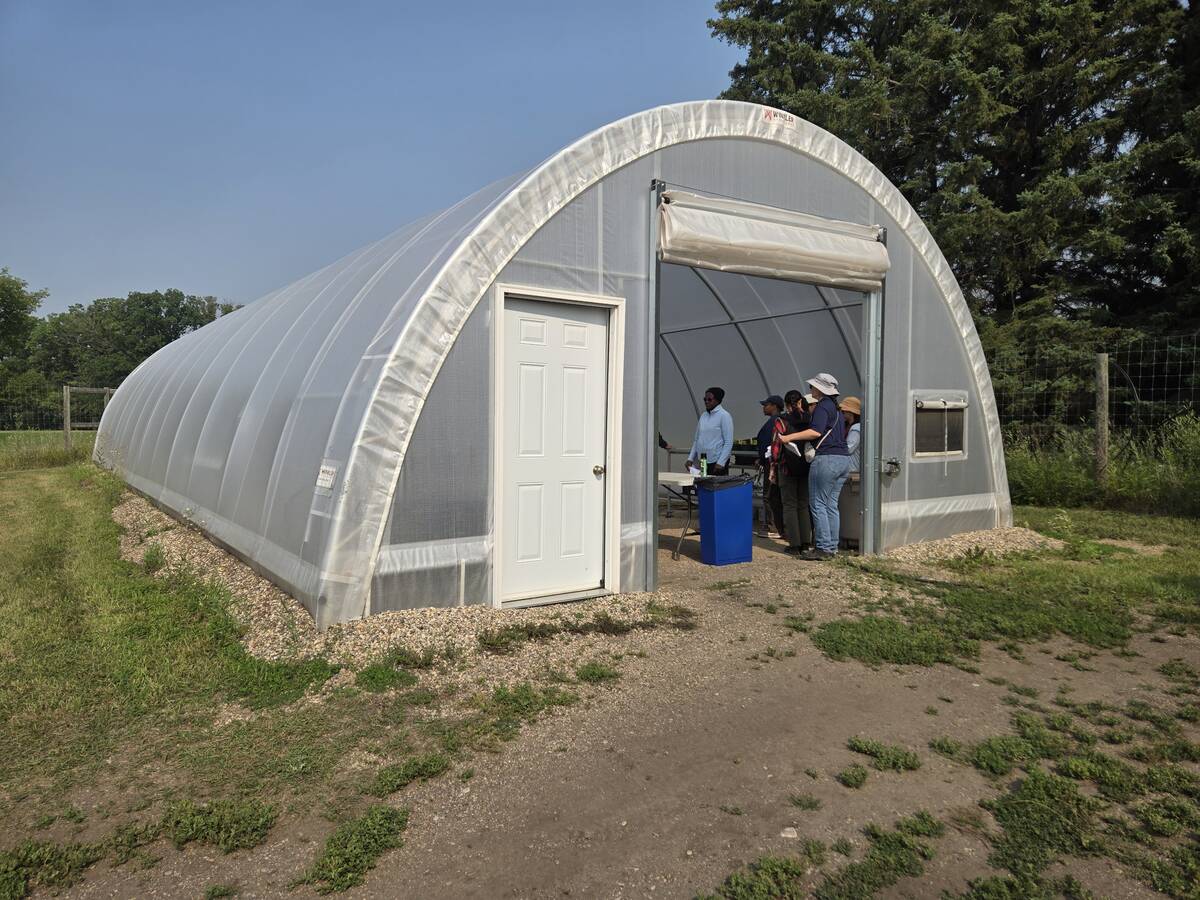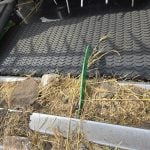Anthrax has killed three cattle in the Saskatchewan Rural Municipality of Hazel Dell, but provincial officials say there doesn’t appear to be a widespread outbreak.
However, Dr. Wendy Wilkins, disease surveillance veterinarian in Saskatchewan Agriculture’s animal health unit, warns that vaccinations done last spring are likely wearing off and producers should be vigilant, particularly in east-central Saskatchewan.
“This is right smack in the area we consider a risk area for anthrax,” she said.
Immunity from a single vaccine lasts six to nine months, and those vaccines are usually administered before cattle are turned out to pasture in spring, she added.
Read Also

Manitoba horticulture hits the books
The 2025 Horticulture School in Brandon covered tools to extend Manitoba’s vegetable and fruit growing season, horticulture crop agronomy and new research like peat sustainability
The cattle in this particular case were not vaccinated.
The source of the anthrax was mud on slough hay, and Wilkins suspects the three animals ate from the same bale. The Bacillus anthracis bacteria that cause anthrax can live as spores in the soil for decades.
A large outbreak in Saskatchewan killed hundreds of animals in 2006.
The first case that year, an eight-year-old cow, was found near Melfort at the end of June and the number of cases and deaths continued to climb through summer.
The Canadian Food Inspection Agency said the total number of dead came to 804 livestock — 493 cattle, 254 bison, six horses, 33 sheep, 13 white-tailed deer and elk, three pigs and two goats — on 153 premises in 43 RMs. Most of those occurred in an area including Melfort, Prince Albert, Humboldt, Wynyard and southeast of Wynyard.
Wilkins said conditions have remained ideal for the disease throughout the area because flooding and drying can move the spores to the surface.
However, the number of cases in the last nine years dropped considerably, and none were reported last year.
Anthrax is a federally reportable disease. Anyone who suspects anthrax as a cause of death should contact a veterinarian.















